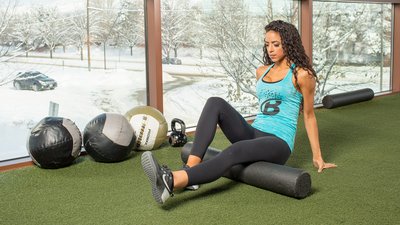While it might not be as flashy as big-weight compound movements or show sleeve-stretching pay-off like curls, mobility—or, to think of it another way, moving well—is critical for long-term, sustainable fitness. Without the necessary range of motion to express a perfect (or even "good enough") squat or overhead press, the exercises you perform may be strengthening exactly what they shouldn't, and setting you up for injury rather than success.
Despite what you see going on in that padded corner of your gym, improving your mobility and flexibility doesn't have to be complicated or take up all of your training time. Below are my 10 most important rules for improving your mobility. Follow these, and you'll be a great mover for life!
5 Don'ts for Improving Mobility
1. Don't Take Your Mobility for Granted
Let's face it—stretching and joint mobilization aren't as glamorous as improving your squat or press numbers. The improvements you see in flexibility and mobility take longer than improvements in your physical strength and cardiovascular fitness, and their payoff is harder to quantify. But that doesn't mean they're not critical to performance, quality of life, and injury prevention. An injury can sideline you at any moment, but through regular mobility training, you can improve your movement patterns and greatly reduce that possibility.
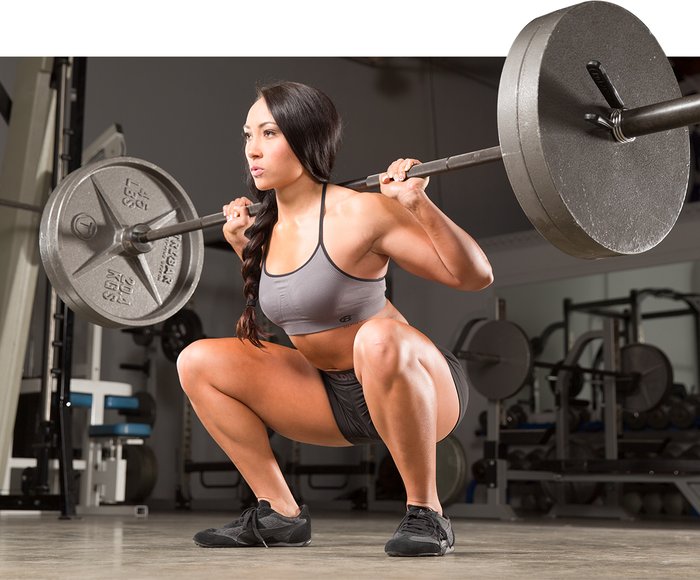
2. Don't Expect Big Changes Overnight
I'll be honest with you; improving your mobility is a long process that takes consistency and dedication. Yes, a skilled trainer or therapist may be able to "mobilize" a joint in just a couple of minutes, but momentary triumph isn't going to erase years of faulty movement. Sorry! Lasting gains in mobility never seem to come as quickly as you would like, but that doesn't mean that your mobility work isn't "working." Unless you're recovering from an injury, your mobility issues didn't happen overnight, and neither will the solutions.
Look at any toddler squat, and you'll realize that we all started out with amazing mobility, but through our day-to-day life, that changed. Look for the little wins during each training session. Look for the small changes in position as you deadlift, squat, or overhead press. Over the course of weeks or months, you should be able to feel a difference, even if it's small. Be patient and remember that this will probably be a lifelong process.
3. Don't Slack on Full-Range-of-Motion Movements
Your joints were designed to move a certain way. Your shoulder joint, for example, is a ball-and-socket joint that can be used for pressing and pulling in many different directions due to the configuration of muscles and ligaments. When we stop taking advantage of that range of motion and stop halfway between movements—from stopping short on biceps curls to only doing quarter squats—we start to reduce that range of motion.
You know the old saying: "Use it or lose it."
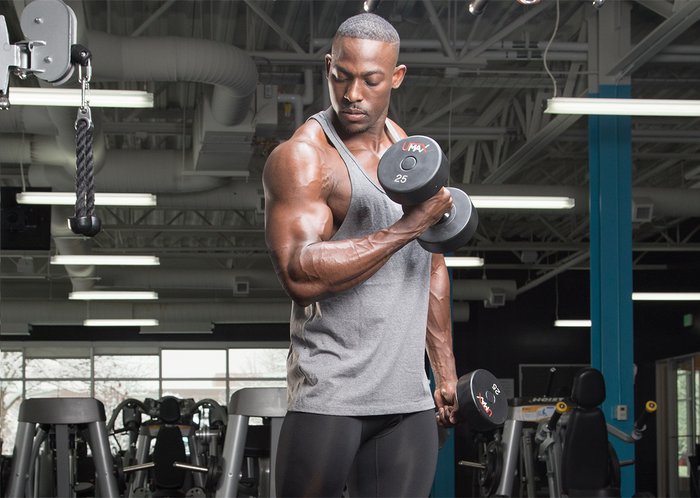
4. Don't Make Mobility Sessions Too Long or Overly Complicated
There are many mobility exercises and stretches to choose from, but go for quality over quantity. Instead of trying to incorporate every shoulder exercise or hamstring stretch at once, find a few that you like that are simple to execute, and do those regularly—meaning daily—for no more than 10-15 minutes. Any longer, and it will be easier to put off until the next day. Short and simple is your best bet for success.
5. Don't Limit Yourself to One Method
Now, you might be thinking that this goes against my suggestion to keep it simple, but stick with me. Focusing on a few key things at a time that doesn't mean you can't try something new and mix it up after a few weeks. There are many ways to mobilize joints and stretch muscles.
For example, you can easily stretch the muscles in the chest and front deltoids by clasping your hands behind your back (or grab a band or strap), squeezing the shoulder blades together, and folding forward. When one exercise begins to feel too easy or you feel like your mobility has improved, try something new. Find different ways of moving your body so you're never stuck in the same positions.
5 Do's for Improving Mobility
1. Do Assess Your Mobility
Assessing your mobility is the first step toward improving your movements. Improving your mobility means starting with a clear understanding of where your movement patterns have become compromised. And it's pretty unlikely that you're the best person to perform this assessment.
It's not enough to know that you have tightness in your shoulders or in your hips; you need to be able to specifically define the limitations and understand the effects on your movement patterns. Is it your rotator cuff, your hip flexors, or your lats that are causing the problem? Once you determine the cause, either through a one-on-one assessment with a trained professional, an informed self-assessment, or by defining your performance goals and focusing on improving mobility for those movement, you can make more specific mobility decisions.
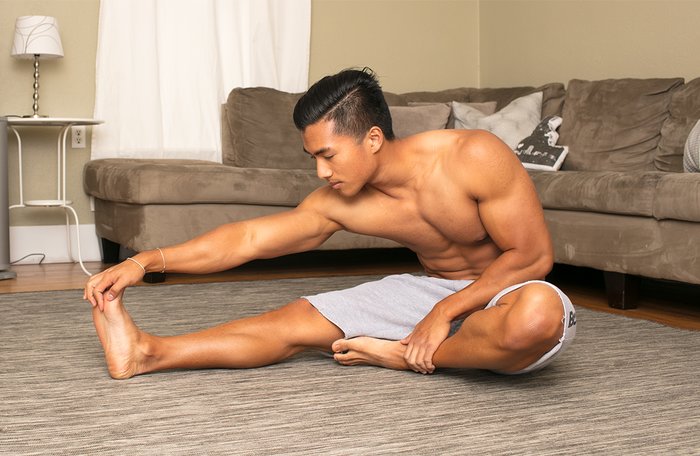
2. Do Choose Consistency Over Duration
The best way to improve your mobility is to work on it every day. It doesn't need to be more than 20 minutes, and you don't have to run through a laundry list of exercises. It's more effective to spend 5-10 minutes daily working on your overhead position and shoulder mobility than to spend 30 minutes twice a week on the same thing.
Why? Well, when our movement patterns become compromised through injury, overuse, or lack of regular functional movement/stretching, our bodies adapt to that change. Our bodies try to find efficiency through this limited range of motion, so working mobility each day means that we can properly reteach our bodies how to move more efficiently.
3. Do Regress Exercises to Versions You Can Perform Well
As a yoga instructor, I use stretching as a way to improve flexibility. This can help with mobility when used properly. To get the most out of a mobility program, you have to move in a way that promotes full range of motion in functional movements.
So if you want to improve your squat, you need to retrain your body to squat more efficiently without load—not to load it up to double bodyweight and beyond and hope for the best. One of the best ways to accomplish this without overloading your system is with a wall squat. Stand about 12 inches away from a wall with your arms straight overhead and thumbs together. Keeping your chest as vertical as possible, slowly squat down and back up (the slower the better). If you can keep your arms straight and your hands from touching the wall, then step a little closer and try again. Go slow, and be methodical in your position.
4. Do Yoga Once a Week
Before you brush this "rule" off as a suggestion from a yoga teacher, hear me out. One of the underlining themes in any yoga practice is proper alignment. This means moving in a way that encourages fluid movement, creates stability within the joints, and gives you an acute understanding of where your body is in space at any given time. Being in tune with how your body moves and feels is a huge part of improving your mobility. This is a great addition to your active recovery or rest day.
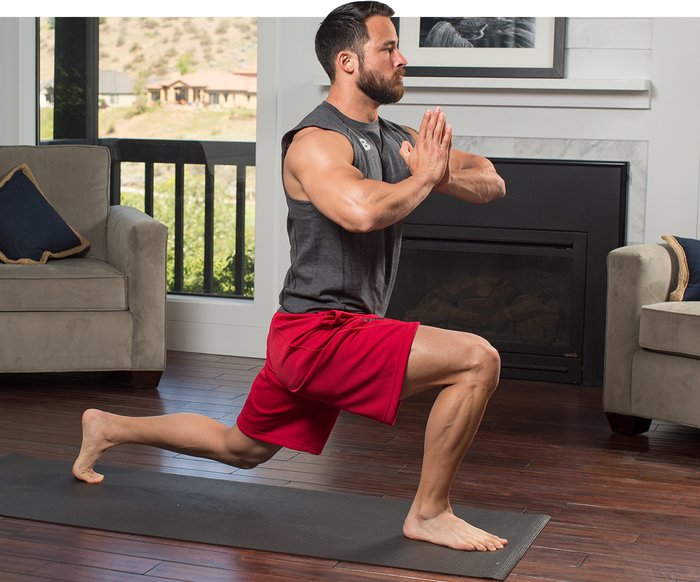
No, you don't need to do yoga every day to see its benefits. Plenty of people do, but plenty of people also do one or two classes a week and still see serious improvements in their movement quality, plus carryover to other activities they love.
5. Do Reduce Your Daily Stress
The brain is the most complex and powerful organ in the body. It develops many different coping mechanisms for everything from interpersonal relationships to physical stress. Stress can be held in the body in many ways—from tension in the shoulders and neck to tightness in the hips and hamstring. And while your physical activities can help improve these symptoms to a certain degree, there's no substitute for simply reducing the amount of stress in your life.
One easy way to reduce stress is to take some time each day to unplug and be quiet. Turn off the TV an hour before bed, sit quietly in the morning for 5-10 minutes, or go for a walk. Doing things that give your brain a chance to relax and be quiet will help your body release built-up tension.
Put your focus on both living better and moving better, and you'll perform better too!

